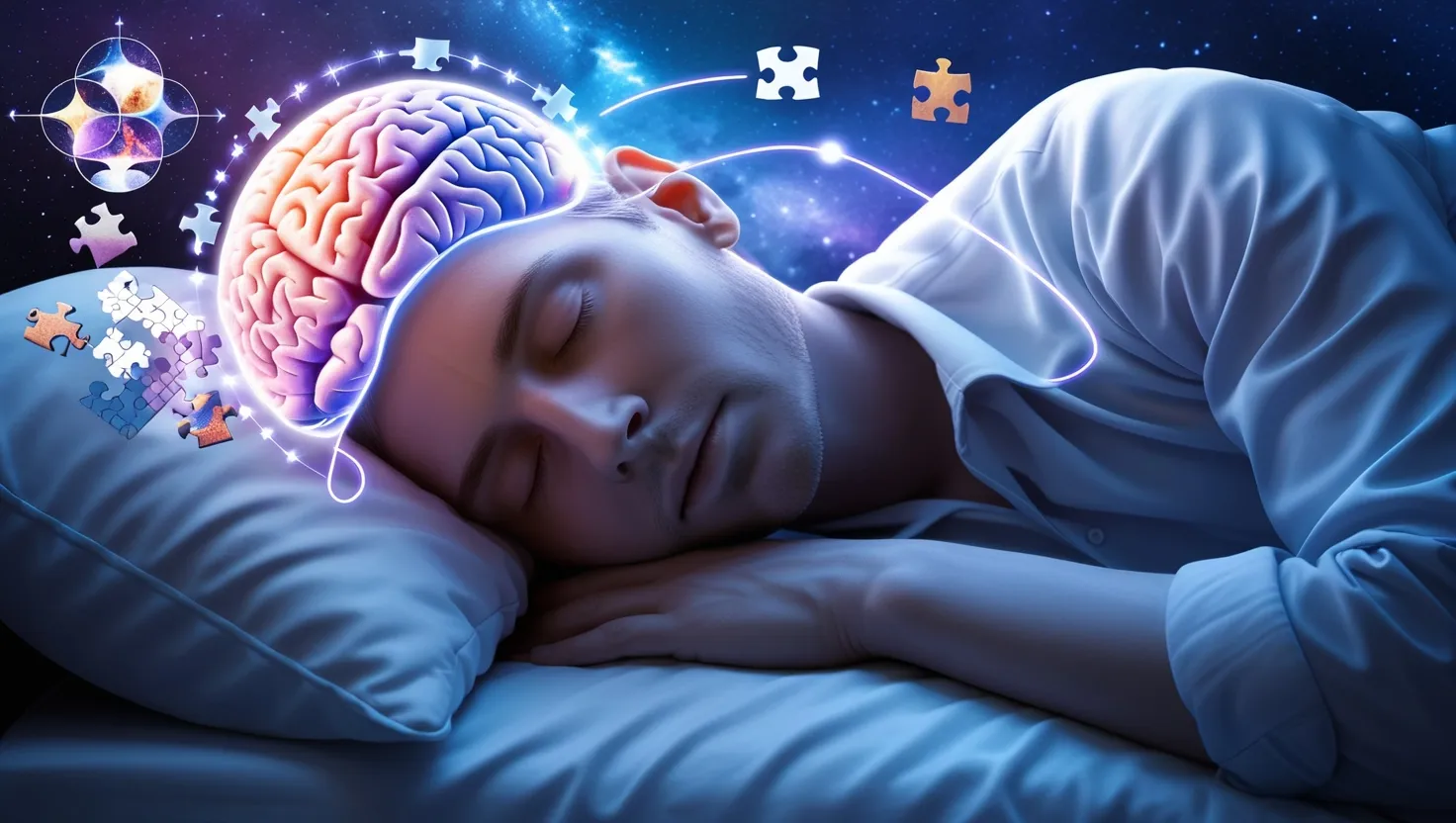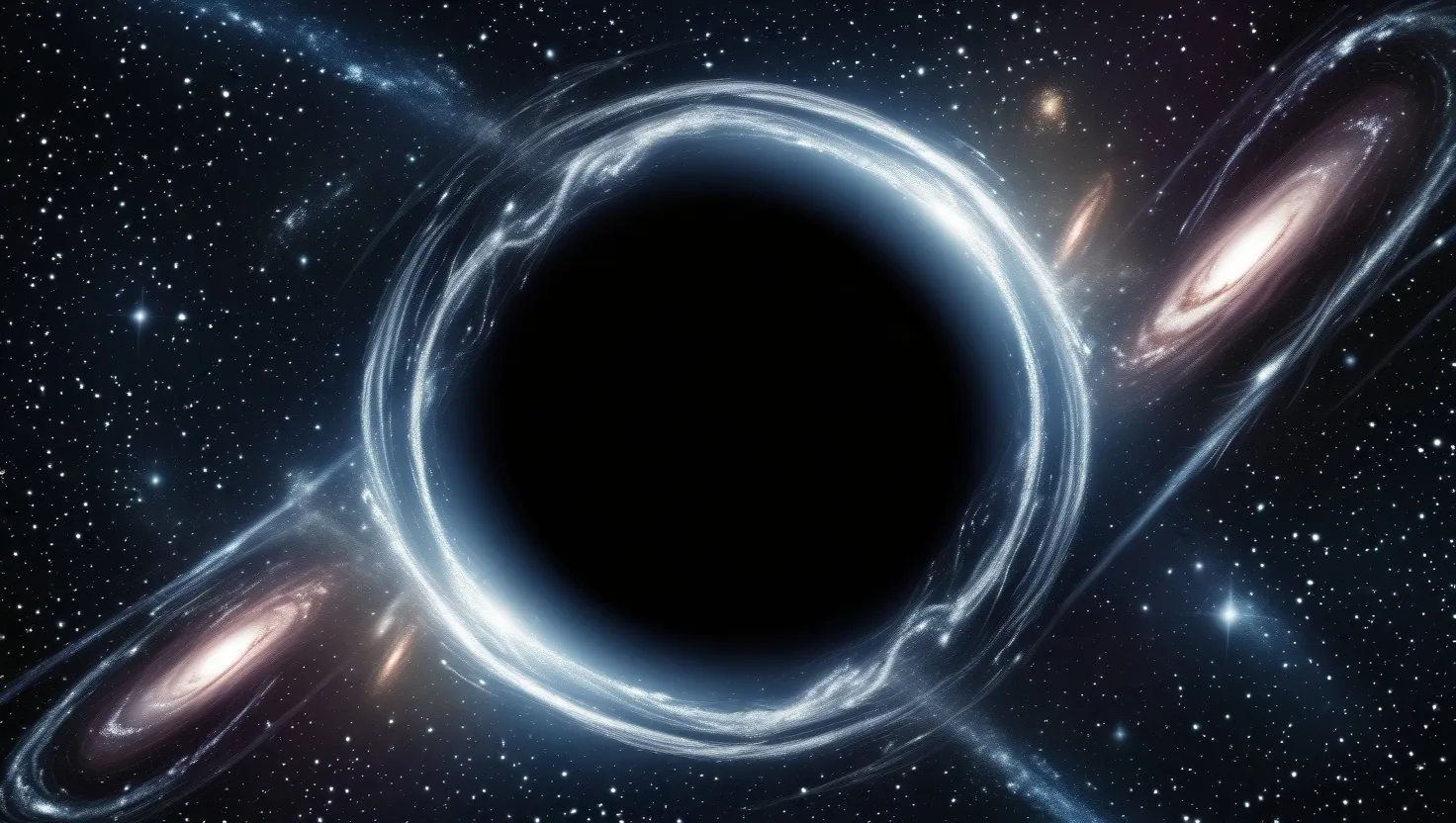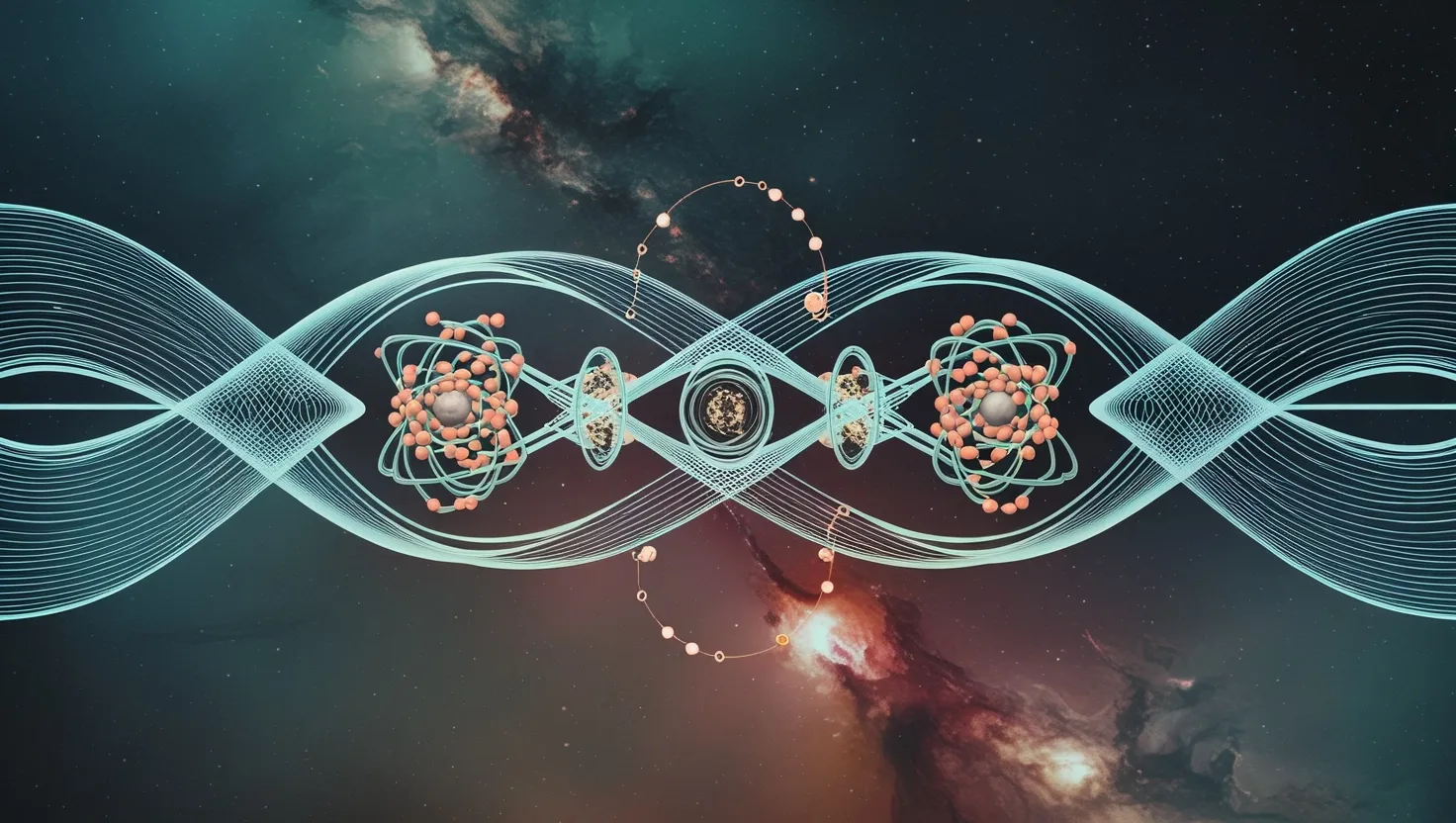The human mind is a realm of endless fascination, particularly when we drift into the mysterious world of sleep. As we close our eyes each night, our brains embark on a journey through various states of consciousness, each with its own perplexing patterns and phenomena. Let’s dive into five of the most intriguing aspects of human consciousness during sleep.
Have you ever found yourself aware that you’re dreaming while still in the dream? This is the essence of lucid dreaming, a state where the sleeper becomes conscious within their dream world. Recent neuroscientific research has revealed distinct neural signatures associated with this phenomenon. During lucid dreams, there’s increased activity in the prefrontal cortex, a region typically less active during normal REM sleep. This heightened prefrontal activity is thought to enable the self-awareness and metacognition characteristic of lucid dreams.
Interestingly, lucid dreamers often report being able to control or influence their dream narratives. This raises fascinating questions about the nature of consciousness and free will. If we can exert conscious control over our dream experiences, what does this tell us about the relationship between our waking and dreaming selves?
“All men whilst they are awake are in one common world: but each of them, when he is asleep, is in a world of his own.” - Plutarch
Moving from REM to slow-wave sleep, we encounter another perplexing pattern: the brain’s ability to solve problems during deep sleep. Have you ever gone to bed puzzling over a problem, only to wake up with a solution? This isn’t just coincidence. Studies have shown that the brain continues to process information and work on problems during slow-wave sleep.
During this phase, the brain experiences periods of high-amplitude, low-frequency waves. These waves are thought to facilitate the transfer of information from short-term to long-term memory. But beyond mere consolidation, this process seems to allow for novel connections and insights to form. It’s as if the sleeping brain, freed from the constraints of focused waking thought, can explore more creative solutions.
This leads us to another intriguing aspect of sleep: memory consolidation selectivity. Not all memories are created equal in the eyes of our sleeping brain. Research has shown that the brain preferentially consolidates memories that are deemed important or emotionally significant. But how does the sleeping brain make these judgments?
Studies suggest that the emotional centers of the brain, particularly the amygdala, play a crucial role in this process. Memories associated with strong emotions are more likely to be retained and integrated into long-term memory during sleep. This selectivity in memory consolidation raises intriguing questions about the nature of memory itself. Is our remembered past shaped more by emotional significance than factual accuracy?
As we transition between wakefulness and sleep, many people experience hypnagogic hallucinations - vivid, often bizarre sensory experiences that occur in the liminal space between consciousness and unconsciousness. These can range from simple geometric patterns to complex scenes or sensations.
The mechanisms behind these hallucinations are not fully understood, but they’re thought to involve a complex interplay between different brain regions. As the brain shifts from waking to sleeping patterns of activity, it can produce these vivid perceptual experiences. But why do they occur? Are they simply neural noise, or do they serve some purpose in the transition to sleep?
“The good thing about science is that it’s true whether or not you believe in it.” - Neil deGrasse Tyson
Perhaps the most controversial and perplexing of sleep phenomena are dream precognition experiences. These are instances where people report dreaming about events that later come to pass in waking life. While many dismiss such experiences as mere coincidence or selective memory, some researchers have attempted to study them more rigorously.
Statistical analyses of large numbers of reported precognitive dreams have shown some intriguing correlations that are difficult to explain by chance alone. However, the mechanisms behind such experiences, if they indeed exist, remain a mystery. Could our sleeping brains be tapping into information beyond our normal sensory perception? Or are these experiences a result of our brain’s remarkable pattern-recognition abilities, finding meaningful connections in the vast sea of our daily experiences?
These five perplexing patterns in human consciousness during sleep challenge our understanding of the mind and raise profound questions about the nature of awareness, perception, and reality itself. They remind us that consciousness is not a simple on-off switch, but a spectrum of states, each with its own unique characteristics and capabilities.
As we continue to study these phenomena, we may find that the boundaries between sleeping and waking, conscious and unconscious, are far more fluid than we once thought. Each night, as we close our eyes, we enter a world as vast and mysterious as the cosmos itself - a world within our own minds.
What dreams may come in your sleep tonight? Will you solve a problem that’s been puzzling you? Or perhaps you’ll have a vivid experience that seems to transcend the boundaries of time and space? As you drift off, remember that your journey into sleep is not just a period of rest, but an adventure into the frontiers of consciousness.
Sweet dreams, and may your sleeping mind reveal its wonders to you.






